Benign Prostatic Hyperplasia
(Enlarged Prostate)
Benign Prostatic Hyperplasia, or a benign enlarged prostate, can rob you of the life you used to lead. What’s more, current treatments can be invasive and may have side effects such as urinary or sexual dysfunction.
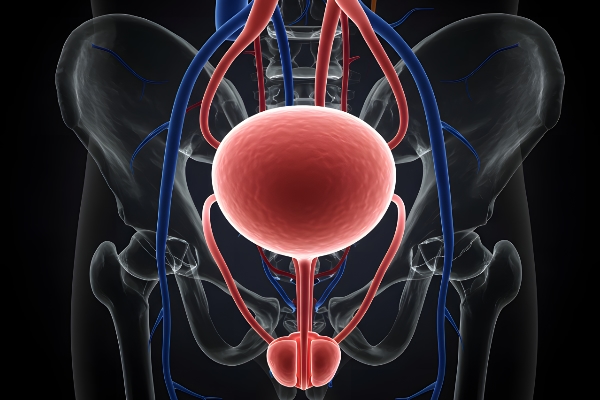
Common Symptoms
Increased frequency of urination, especially at night
Inability to urinate or straining while urinating
Unable to empty your bladder completely
Dribbling at the end of urinating
Click to enlarge
What is Benign Prostatic Hyperplasia (BPH)?
Benign prostatic hyperplasia (BPH) is an enlarged prostate gland. Normally the size of a walnut, the prostate gland sits below the bladder and surrounds the urethra (the tube that moves urine from the bladder out of the body).
BPH is not cancer and it does not raise your risk for prostate cancer.
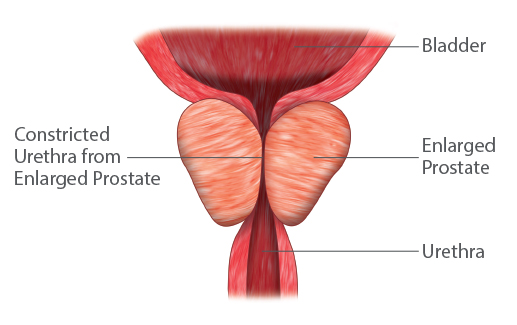
Who is at risk?
- The likelihood of developing an enlarged prostate increases with age.
- More than 50% of all men in their 60s and as many as 90% aged 70-89 years old have some symptoms of BPH.
What does the research say?
- The risk of BPH increases with age after 40, with more than 50% of men in their 60s reporting prostate problems
- Black and Hispanic men are at a higher risk
- BPH runs in the family. Men with male relatives who have enlarged prostates are more at risk for developing symptoms
- Conditions associated with heart disease, like diabetes, are also linked to BPH
- Obesity increases the risk of BPH, while exercise has been shown to lower your risk
Common Symptoms
When you have benign prostatic hyperplasia (BPH), the prostate gland gets bigger and may compress the urethra (the tube that carries urine from the bladder and then out of the body). As this happens, the bladder wall becomes thickened and irritable, and begins to contract even when it contains small amounts of urine. The enlarged prostate can also push up against the bladder.
If you’re experiencing symptoms of BPH—or are finding they interfere with normal sleeping patterns, daily activities, or maintaining your quality of life—contact your primary care physician or urologist immediately.
Left untreated, BPH could lead to health complications such as kidney stones, infection, lack of bladder control (neurogenic bladder), and complete bladder outlet obstruction or blockage.
If you and your healthcare provider determine that you have benign prostatic hyperplasia (BPH), it’s a good idea to discuss the various treatment options available, including prostatic artery embolization (PAE).
BPH can lead to problems associated with lower urinary tract symptoms that may include:
- An urgent need to urinate
- Increased frequency of urination—especially at night (nocturia)
- Inability to urinate or straining while urinating
- Weak urine stream
- A urine stream that starts and stops (intermittence)
- Unable to empty your bladder completely
- Dribbling at the end of urinating
Want to know how bad your symptoms are?
Understand the PAE Treatment
PAE is usually performed as an outpatient procedure and no general anesthesia is required. During the PAE procedure, also known as prostatic artery embolization, you’re given a mild sedative, but remain awake.
The procedure begins with a tiny incision in your upper thigh or wrist to gain access to your arterial system. Using specialized X-ray equipment, a doctor called an Interventional Radiologist (IR) guides a catheter (a small hollow tube) to the vessels that supply blood to your prostate.
Once the IR reaches this location, embolic material (small particles about the size of a grain of sand) is injected through the catheter and into these blood vessels, decreasing blood flow to your prostate. The IR then repositions the catheter in order to treat the other side of your prostate. Depriving the prostate of oxygenated blood will cause it to shrink, thereby improving your urinary symptoms.
When the IR has completed embolization of the prostatic arteries, the catheter is gently removed. The entire PAE treatment can typically take anywhere from one to four hours to perform.
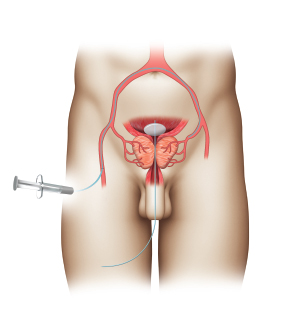
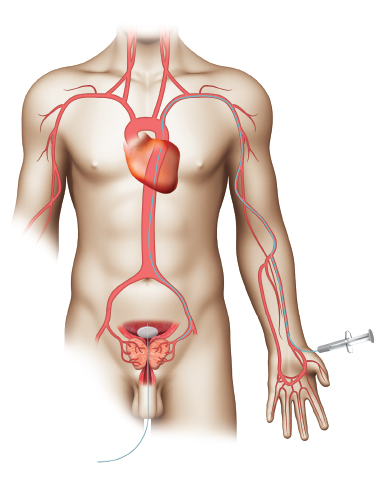
Discover key advantages of PAE
PAE is a safe treatment option for men with benign prostatic hyperplasia (BPH) and, like other minimally invasive procedures, has significant advantages over conventional surgery.
One year after PAE, average prostate size is seen to shrink by approximately 30%, easing urinary symptoms, sparing erectile function, and improving quality of life. Men who’ve undergone PAE have reported experiencing a high degree of satisfaction, which was also sustained over one year following the procedure.
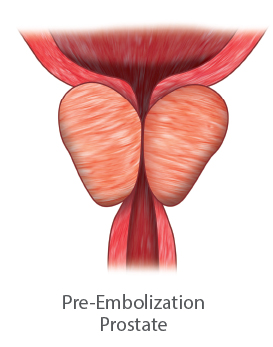
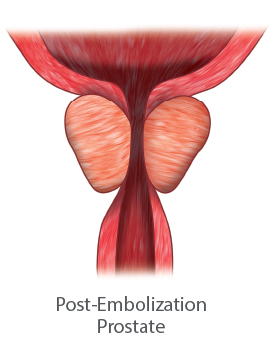
A number of benefits:
- Minimally invasive procedure
- Virtually no blood loss
- Can be performed as an outpatient procedure
- Offers a shorter hospital stay and a faster recovery time when compared to surgery
- Less likely to require urethral catheterization in comparison to surgery
- Relieves lower urinary tract symptoms (LUTS) such as feelings of urgency and frequency especially at night (nocturia), incomplete bladder emptying, weak urine stream, intermittency, and straining while urinating
- Can improve LUTS without surgery or the risk of sexual side effects or incontinence
- Overall significant improvement in quality of life
- Can be used without limits on prostate size, urethral narrowing, or bladder capacity
TESTIMONIALS
What Our Patients Are Saying
Dr Gonzalez performed prostate pae surgery on me; he explained everything throughly beforehand and I am having wonderful results from same. Dr Gonzalez and his staff are amazing and caring people and I highly recommend.
David M.
Dr. Gonzalez is amazing. He was able to find a rare condition I have that multiple other physicians did not pick up. He is both caring and knowledgeable. He explained all procedures and outcomes clearly and was available for my questions and concerns even after my procedure. He is a five star doctor and I would highly recommend him!
Adrienne V.
Dr. Gonzalez-Beicos and his staff are very professional, knowledgeable, friendly and caring. After dealing for 10 years with BPH, five biopsies, two TURP and three hospitalizations for complications I want to thank Dr. Gonzalez-Beicos and his team. They did and excellent job with a procedure called Prostatic Artery Embolization. I recovered fast and finally I can say that I’m back to normal. I would and do highly recommend him.
Jorge M.

